Prey Tracking and Hunting Strategies
 Prey Tracking and Hunting Strategies
thegearhunt.com
Prey Tracking and Hunting Strategies
thegearhunt.com
Hunting strategies are the measures used for finding, targeting, and slaughtering animals. Hunting strategies relates to various steps taken by each and every game hunter as a way of increasing their hunting odds successfully.
Tracking in hunting is the process of observing the tracks of various game animals and various other signs, with the objective of increasing understanding of the scene and the animal being followed.
The strategies that can be used during hunting
Making use of Bait
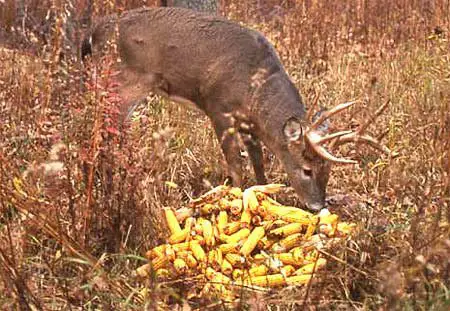
A bait is any substance used to draw in prey. Utilizing bait is likewise a typical practice in deer hunting. Corn, leaves, twigs, grasses, flowers, and buds are normally used to draw in the generally overcautious deer.
The hunter either watches the bait from a shoot-able distance or stalks the game in the event that it wanted the snare amid the night.
Game Call
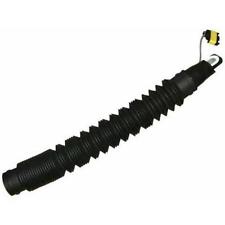
A game call is a gadget that is utilized to copy animal noises to draw in or drive game to a hunter. In a game call, numerous hunters can be separated into two groups. One group sits quiet, still and covered up until a game meanders or flies into view. This time-tested hunting technique takes a lot of game, yet a few people incline toward a more “dynamic” approach.
This group of hunters likewise stays covered up, however, they make a lot of noise. They are referred to as wildlife caller. Their success relies upon creating a persuading enough reproduction of the calls of animals to persuade a game animal to come towards their direction.
Electronic Game Calls
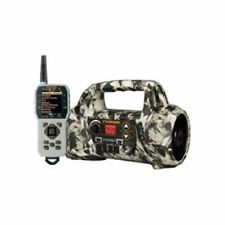
Not every game call are mouth-blown or handheld. Numerous hunters are presently starting to turn to electronic game calls, which play pre-recorded sounds to draw in the animal.
There are numerous advantages to utilizing new electronic adaptations of game calls which include safety, attention, and consistency.
Camouflage
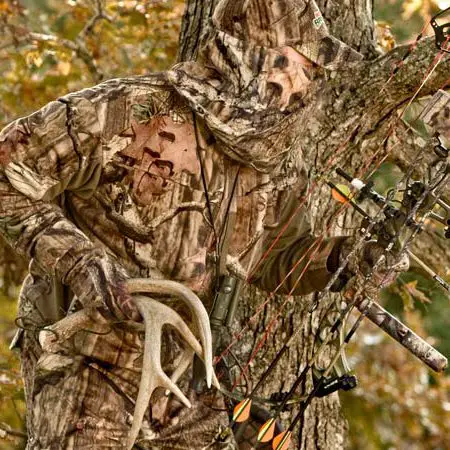
Camouflage is the utilization of any mix of materials, illumination or coloration for concealment, either by making animals hard to see (crypsis) or by masking them as something else (mimesis).
Snack Time

Beyond any doubt, there’s no rule which states that you are not allowed to offer deer or other animals a snack first as they advance toward the entrée. Little food plots deliberately situated close to your trap area can control movement and likewise attract the animals.
Paw and Sniff
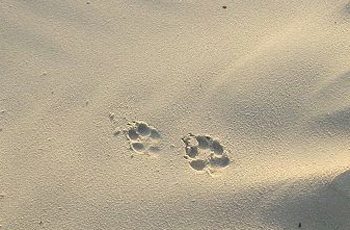
It pays to build one more naughty attraction. Include a mock scrape. Bucks and does once in a while miss a scrape.
Any smell of urine will definitely make deer stop, sniff and even get occupied by rousing the scraped zone.
Furthermore, similar to the scaled down plot, deer will delay, giving you a chance to range and shoot while the animal has its attention occupied by another activity.
Persistence Hunting
Persistence hunting also referred to as cursorial hunting or perseverance hunting is a hunting method in which hunters, who might be slower than their prey over short separations, utilize a mix of running, walking, as well as tracking to seek after the prey until it is depleted or exhausted. This is another hunting strategy but can be really tiring.
Still Hunting
Still, Hunting is a method of moving through a hunting zone slowly in search of game. In still hunting, you have to be moving your footsteps as quiet as possible. Try as much as possible to avoid the sound of branches rubbing across your clothing. Stop on frequent occasion to “read” the habitat. Take your time to observe as much as you can. Make use of your binoculars for identifying and spotting game.
Hunting Blind
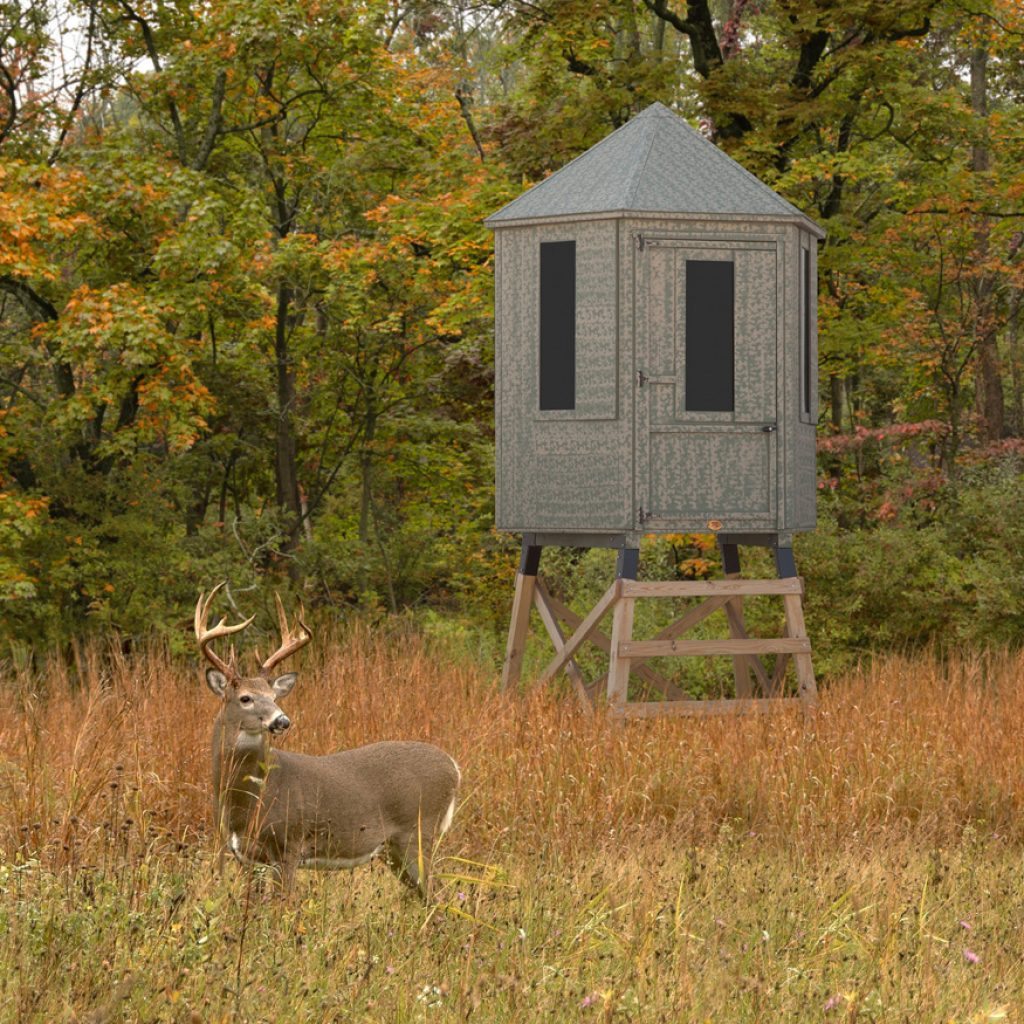
A hunting blind, machan or hide is a device used by the hunter to take cover. It is intended to reduce the chance of identification of the shot by the animal. There are distinctive sorts of blinds for various circumstances, for example, deer blinds and duck blinds. Some are exceedingly basic, while others are quite complex. The lawfulness of different kinds of blinds may fluctuate as per region.
Blind Hunting Tactics
-
Set up blind in advance
Deer and some other animals are quite difficult to mislead, and setting up a visually blinds much sooner than you plan to hunt from it will maximize its effectiveness. Deer will stay away from new objects in their general vicinity until they are turned out to be mundane. Setting up your blind a couple of week or months before deer hunting season permits the new smells and layouts to blend in as part of the deer’s familiar territory.
-
Disguise it
Don’t simply settle for a blinds set up on a ridge top or fence line or in a segment of trees. Mix it into the earth with grass, brush, cattails or whatever normal vegetation is helpful. Most quality blinds come with lines or straps to connect regular cover and help your blind vanish.
New cut tree trunks and bunches of grass or straw additionally cover the scent of your blind. A few blinds can come with carbon scent eliminator. An ideal approach to make it odor free is to abandon it set up outside in the elements. After some time it turns out to be a piece of the natural surroundings in both smell and sight.
-
Play the wind and sun
Regardless of how hard you attempt to cover or conceal human fragrance, a deer can at present recognize it. Experienced hunters know to organize upwind of their quarry at whatever point conceivable to evade a deer’s unimaginable nose. Ozone machines can likewise be utilized to better conceal a hunter at the atomic level.
-
Ensure that you do not pigeonhole yourself
One of the greatest flaws hunters make when utilizing ground blinds is pigeonholing themselves by setting up in a location where their range of vision is limited and a solitary shooting path. When you really observe a deer, you never have room schedule-wise to respond, field judge, and get your rifle or bow into position before they are no more.
Make a point to discover a region where you will see deer going here and there a trail, along with the base of a valley or through a slough bottom. It permits you to set up potential shooting paths and guarantee you have sufficient time to observe the animal before you pull the trigger.
Extraordinary areas to set up are feeding zones, particularly amid the trench. A decent food plot or farming field with high-protein nourish is certain to pull in a large group of and bucks does whenever.
-
Try not to let the deer pattern you
By utilizing each preferred standpoint conceivable, you are certain to have deer moving easily before you all through the hunting season. Be savvy and never give a deer a chance to see you in the blind. Do not go into or leave the blind when the deer may spot you.
On the off chance that a deer ever affirms you as a human at the hunting blind, it will search for you each time it moves through the zone. Deer will even change their travel movements to utilize the wind or cover to dodge the blind.
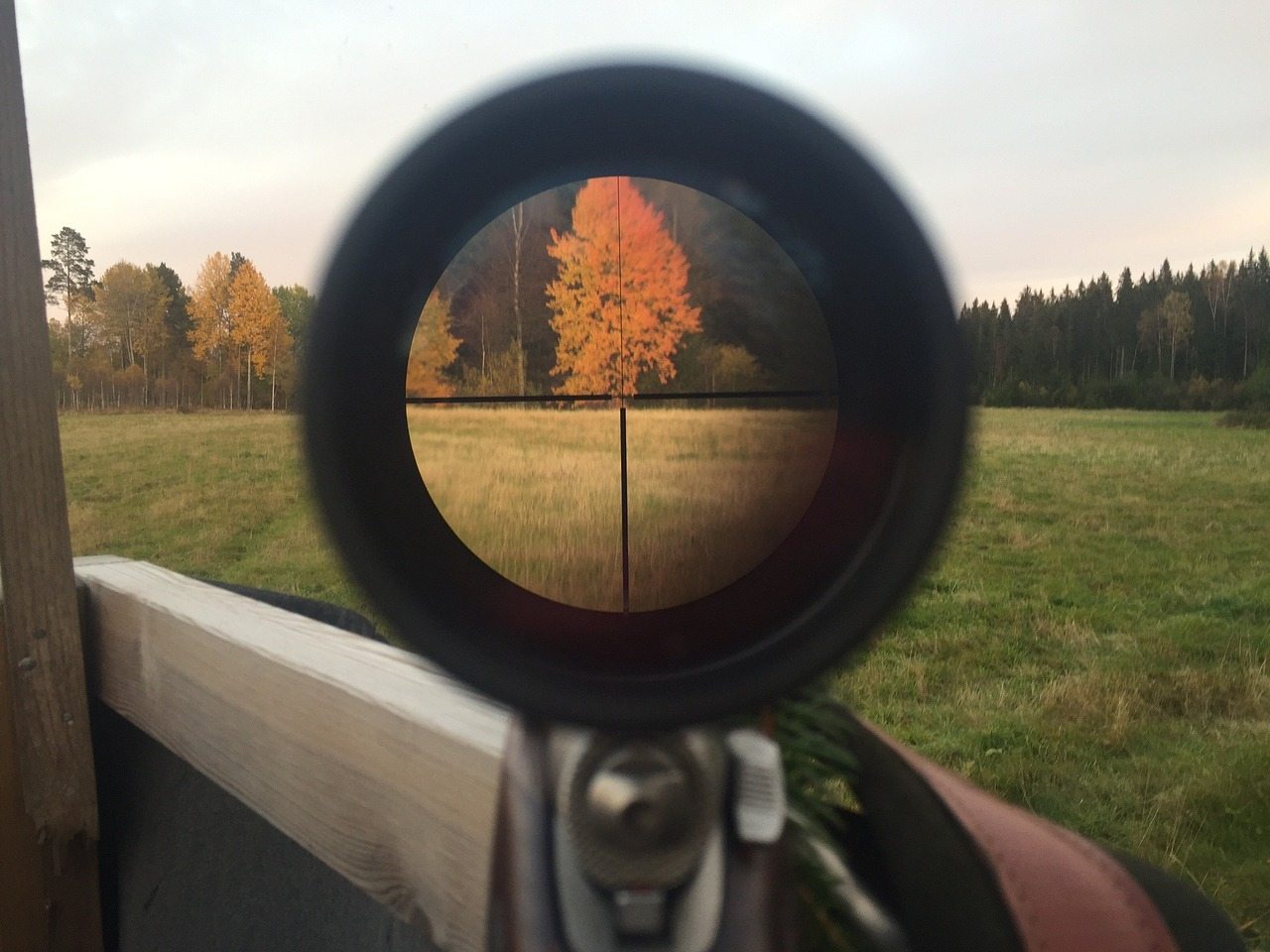
Even though deer have their various favored patterns, but they are ready to transform them instantly just to keep away from hunters. Ensure you pattern the deer and try not to make them be the ones who pattern you. This may mean that you are to arrive at the blind much sooner than the sun comes up or sitting well until after the sun goes down. However don’t consider coming or going until you are certain the deer won’t see, hear or even smell you.
The best hunters make use of various strategies for different types of game, weather, and terrain. Experienced hunters are a very good resource for hunting strategies and tips. There are also several websites and books dedicated to numerous hunting styles and techniques. All these are some of the prey tracking and hunting strategies every hunter can employ anytime he sets on to hunt.















